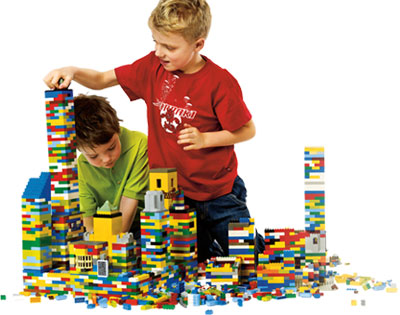At work, everyone is facing the challenge of how to do more with less.
This requires new ways of thinking and acting both for individuals and groups.
One way that i have found to improve productivity is to keep the size of groups and teams small.
I have found that for most challenges having a small group of diverse people can often achieve amazing results.
With a smaller group everyone plays, thinks for themselves and has a greater opportunity to be heard.
Apparently there is very little research on what is the ideal number of people in a group although there is some research that suggests that a group from 3- 5 people might be in the ball-park.
(http://psychology.about.com/od/psychologynews/qt/groupsize.htm).
The lessons of a small group are clear:
– Big groups do not give you big results.
In fact, after 5 to 6 participants you might have a diminishing effect.
This is why with our Blitz tool we recommend the maximum group size is 6 people.
– If you have a bigger group, try splitting the group into two.
Give them a piece of the total problem and/or give both groups the same challenge and get them to work independently. In this way you can compare and contrast the results.
– If you are team leader go for quality rather than quantity (in your group members) and strive for variety of perspectives and experiences.
– Small groups means that meetings are quicker and you spend less time in them which frees up time for everyone.
In summary, small, quick, nimble and creative groups are the best way to solve problems, generate ideas and be more productive in a fast-moving, time-poor world.

